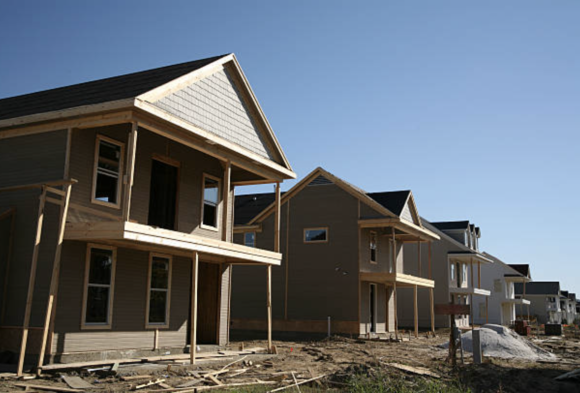The Southern United States, known for its warm climates and affordable housing, is currently at the center of a growing concern: a potential housing bubble. As COVID-19 swept the nation, many Americans flocked to Southern states in search of more space and lower living costs, driving a surge in demand for homes. Builders responded eagerly, leading to a significant increase in new home constructions across states like Florida, Georgia, Tennessee, and Texas.
However, the rapid expansion of housing supply has now left the region facing an unexpected challenge: an oversupply of homes. According to real estate analysts, this imbalance between supply and demand could signal the formation of a housing bubble—a situation where home prices escalate beyond sustainable levels, only to eventually collapse.
Nick Gerli, CEO of Reventure Consulting, raised the alarm recently, pointing out that the number of new homes for sale in the Southern region has reached historic highs, surpassing even the levels seen before the 2008 financial crisis. “A massive housing bubble has developed, and is about to pop, in the South,” Gerli warned in a statement that has garnered significant attention in the real estate community. He attributed this bubble to speculative activity by home builders and investors, exacerbated by prices that soared beyond what local residents could afford.
The current situation in the Southern housing market reflects a complex interplay of factors. Danielle Hale, chief economist at Realtor.com, noted that while inventory levels have risen, suggesting a return to a more balanced market, prices in certain cities like Austin have started to decline. This shift comes after a period of intense volatility during the pandemic, where record-low mortgage rates and increased flexibility in remote work arrangements fueled a buying frenzy.
Despite concerns over a potential bubble, experts like Hale remain cautiously optimistic about the region’s resilience. Unlike the housing crash of the mid-2000s, today’s homeowners in the South generally hold significant equity in their properties, which could mitigate the risk of widespread price collapses. Hale emphasized that the affordability of Southern housing continues to attract new residents, contributing to sustained demand.
While the focus is currently on the South, other parts of the country present contrasting dynamics. Gerli pointed out that the Northeast and Midwest have seen much lower levels of home construction and speculative activity, resulting in less overvalued markets with lower inventory levels. This divergence suggests that while the South navigates potential headwinds, other regions may offer more stable housing landscapes.
Looking ahead, the fate of the Southern housing market remains uncertain. The possibility of a housing correction looms, especially if broader economic conditions worsen. For now, analysts advise careful monitoring of market indicators and prudent decision-making by buyers, builders, and investors alike.
In conclusion, while the Southern U.S. grapples with the aftermath of unprecedented housing market dynamics, the resilience of its economy and the enduring appeal of its housing affordability may yet prove pivotal in shaping its future trajectory.




